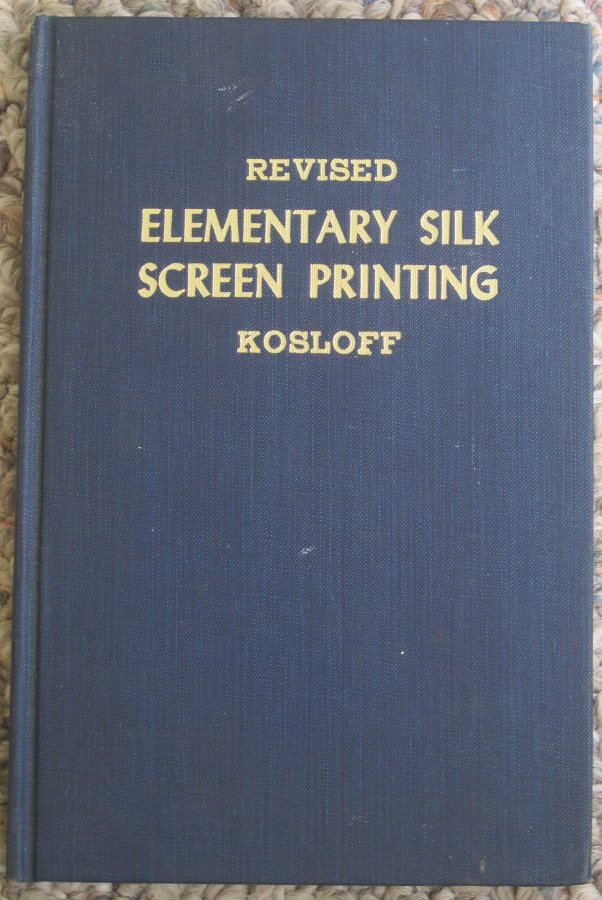Screen Printing

History of Screen Printing

Evidence of screen printing as a technology can be trailed back to times of cave paintings! The concept of screen printing involves stencils which were believed to have been used by people as far back as the stone age.
The kind of screen printing we know today has its first big milestone in China during the Sang Dynasty 1050 years ago. It was believed that people once found a way to use human hair to make screens and stencils for textile patterns. China practiced textile printing for all this time, but the first textile printing industry appeared in France and England around 1850. This was considered to be the first modern process of the technology.


Samuel Simon of Manchester started a system in which he stretched bolting cloth on frames and brushed ink through the “mesh” where the stencil was drawn on. This method would be considered quite slow compared to later advancements in screen print technology. Albert Kosloff gave a demo in Berlin 1920, printing on paper and introducing a new tool: the squeegee. He then emigrated to the U.S. and pioneered this system that is very relevant today.

The first sign (no pun intended) of commercial use started in 1911 when a group of signwriters needed a number of signage for newly motorized omnibuses. At this time Roy Beck, Charles Peter and Edward Owens had come up with a revolutionary method for screen printing: photo-reactive chemicals to make stencils. This enhanced the production process and thus could be used for mass reproduction.
A man by the name of John Pilsworth lead this team and also used bolting cloth, made from natural silk, which was an available and affordable material. Out of that he and his wife started the Selectasine Company, the first record company in a silk screening business.

Years following, screen printing was ever prevalent with the boom of mass communication and poster art. At this time The Specialty Graphics Imaging Association was founded to maintain screen printing standards, which still exists today!
As we can see screen printing has traveled a long way to get where it is today, and all these advancements have led to modern screen printing methods.